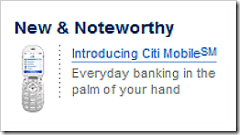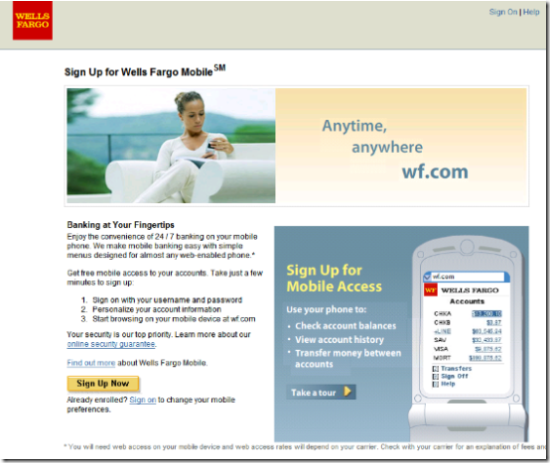 In many ways, hybrid vehicles are the perfect antidote for guilt about our 21st century high-consumption lifestyle. Buy a Prius, and instantly feel better coasting around the city on self-generated battery power. Yet you still get to motor about in a relatively large, well-appointed and air-conditioned steel box (note 1).
In many ways, hybrid vehicles are the perfect antidote for guilt about our 21st century high-consumption lifestyle. Buy a Prius, and instantly feel better coasting around the city on self-generated battery power. Yet you still get to motor about in a relatively large, well-appointed and air-conditioned steel box (note 1).
That's why politicians have jumped on this bandwagon in droves. And why it makes a great marketing statement to support energy-saving and/or low-emission alternatives with loan discounts. Not only does it position you as caring about the larger environment, there is a very real environmental education benefit to the efforts.
The most recent example—Star One Credit Union <starone.org>, a $3 billion (assets), 71,000 member CU based in Sunnyvale, California—has a link on its homepage to its hybrid offer. Customers financing a new or used hybrid vehicle save 0.25% on their loan rate. On a $20,000 5-year loan, $139 is saved, enough to fill the tank three, maybe four times. The offer is spelled out here (screenshot below).
Other financial institutions offering hybrid car loans:
- UCB Bank (Miami, FL): no payments for 3 months offer here
- Deedham Savings (Deedham, MA): offer here
- Sound Credit Union (Tacoma, WA): 0.50% discount offer here
- Tech CU (San Jose, CA): 0.25% discount offer here
- Vancity (Vancouver, BC, Canada): Prime rate for low-emission vehicles here
Note:
(1) I'm not trying to be cynical here. As a former engineer, I think hybrid technology is fantastic. Using waste energy to fuel the car is both elegant and efficient, and I look forward to driving one soon.































